| 2023_firstenergy_transmission_plan.pdf |
Spread the word!
PJM is currently evaluating 72 transmission proposals to find the ones it thinks will work best to bring more electricity to power more data centers in Northern Virginia. FirstEnergy's proposals oh so conveniently supply coal-fired electricity from their Ft. Martin and Harrison power stations in northern West Virginia.
PJM is expected to finish its evaluation in September and has promised to hold a special Transmission Expansion Advisory Committee Meeting in October to reveal its choices and discuss before it recommends approval from the PJM Board of Managers. Lots of PJM activity coming up for your participation. Keep checking back for more instructions!
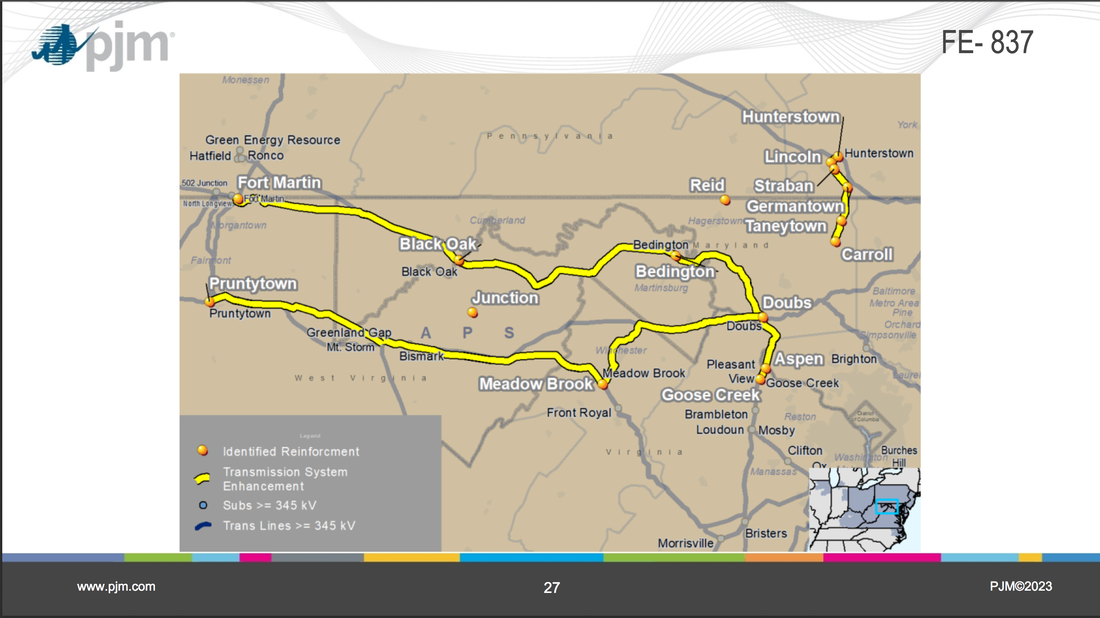


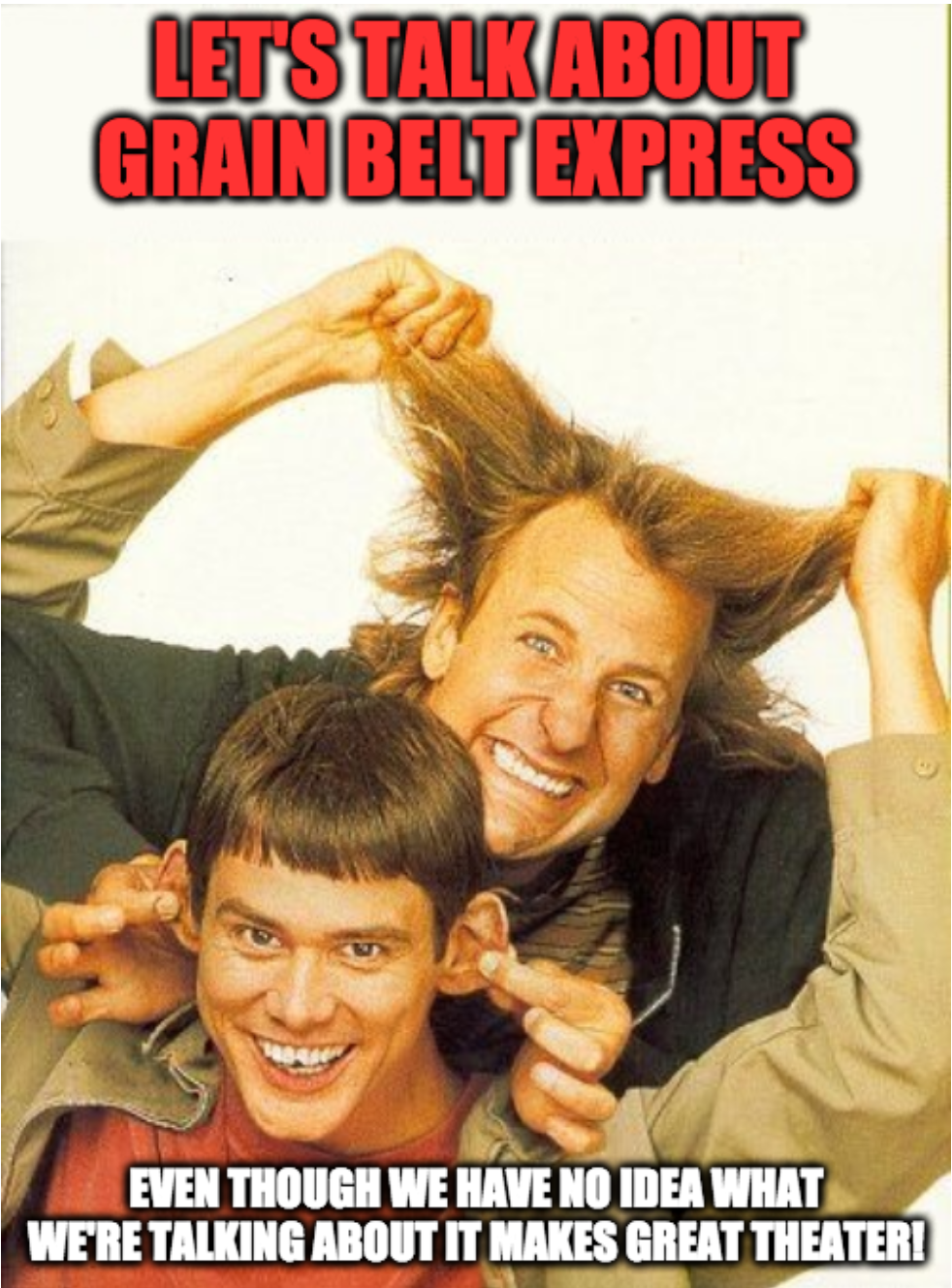
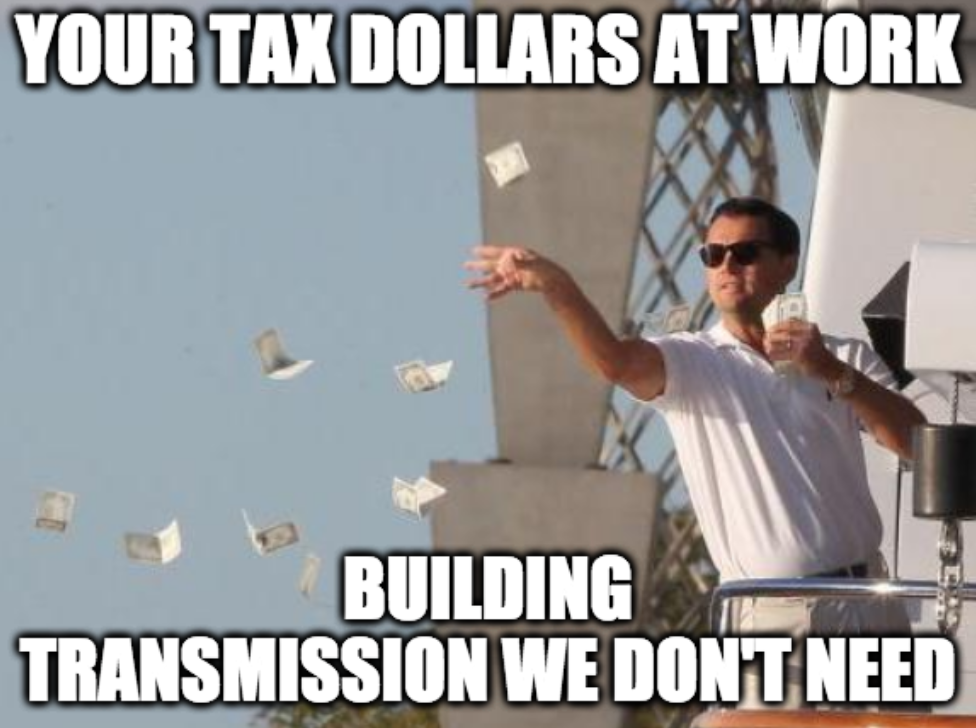
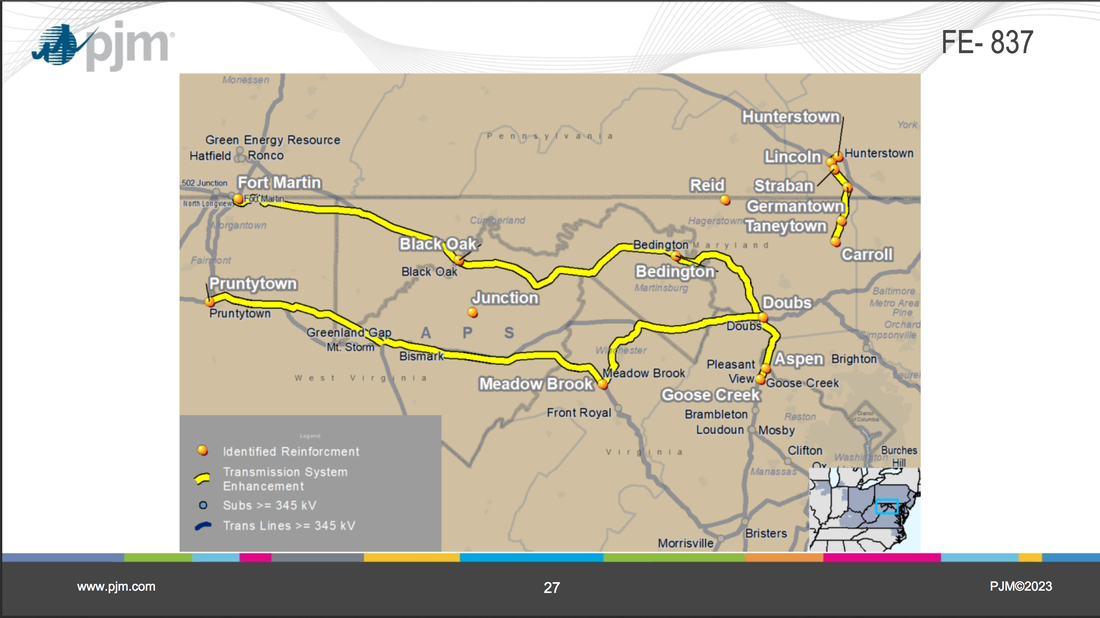
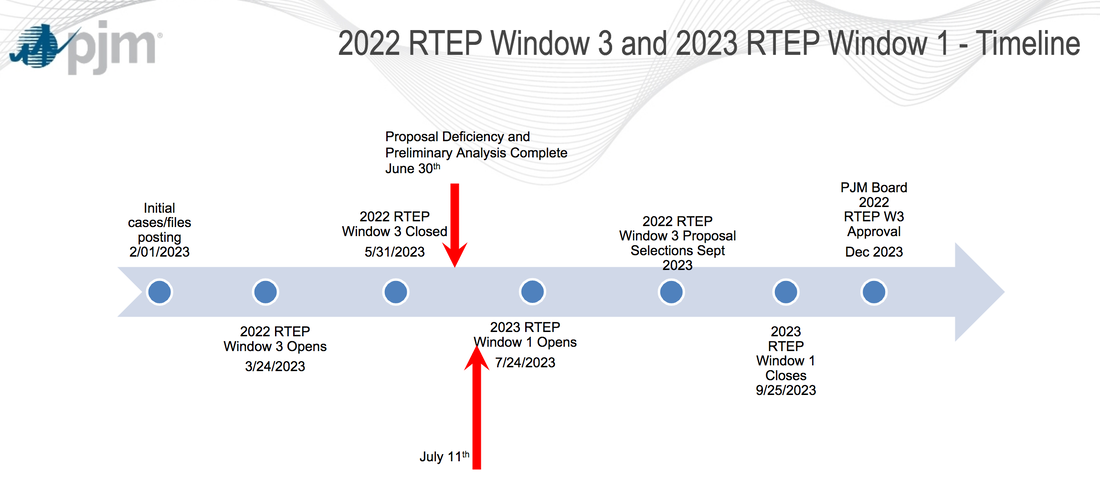

 RSS Feed
RSS Feed